Polestar 3 VS BMW i7 – Specs, Efficiency & Price Comparison
Which model is the better choice – the Polestar 3 or the BMW i7? We compare performance (517 HP vs 660 HP), boot capacity (484 L vs 500 L), efficiency (18.90 kWh vs 18.50 kWh), and of course, the price (67400 £ vs 99200 £).
Find out now which car fits your needs better!
The Polestar 3 (SUV) is powered by a Electric engine and comes with a Automatic transmission. In comparison, the BMW i7 (Sedan) features a Electric engine and a Automatic gearbox.
When it comes to boot capacity, the Polestar 3 offers 484 L, while the BMW i7 provides 500 L – depending on what matters most to you. If you’re looking for more power, you’ll need to decide whether the 517 HP of the Polestar 3 or the 660 HP of the BMW i7 suits your needs better.
There are also differences in efficiency: 18.90 kWh vs 18.50 kWh. In terms of price, the Polestar 3 starts at 67400 £, while the BMW i7 is available from 99200 £.
Compare all the key specs now and find out which model fits your lifestyle best!
Polestar 3
Der Polestar 3 präsentiert sich als eindrucksvolles Elektro-SUV, das skandinavisches Design mit nachhaltiger Technologie vereint. Die klare Linienführung und hochwertigen Materialien im Innenraum schaffen eine luxuriöse Atmosphäre, während das fortschrittliche Infotainmentsystem für modernste Konnektivität sorgt. Mit seinem leistungsstarken Antrieb bietet der Polestar 3 ein dynamisches Fahrerlebnis, das sowohl umweltfreundlich als auch leistungsfähig ist.
details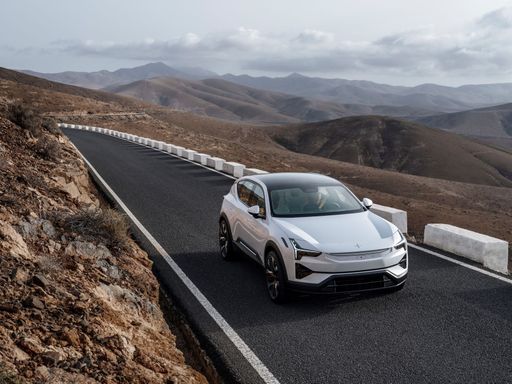 @ Polestar
@ Polestar
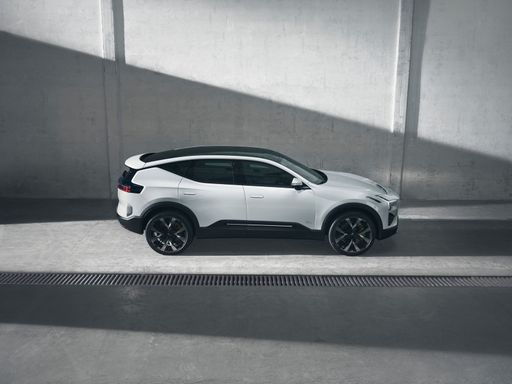 @ Polestar
@ Polestar
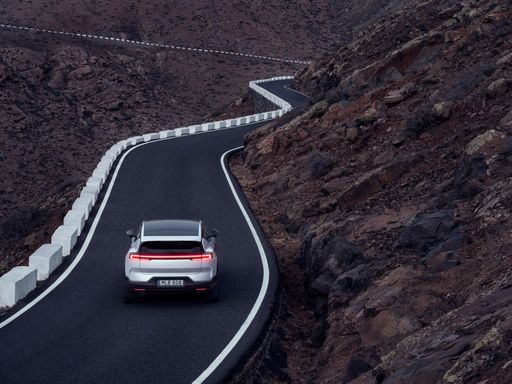 @ Polestar
@ Polestar
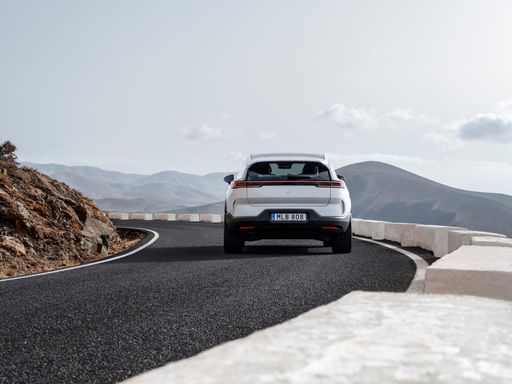 @ Polestar
@ Polestar
 @ Polestar
@ Polestar
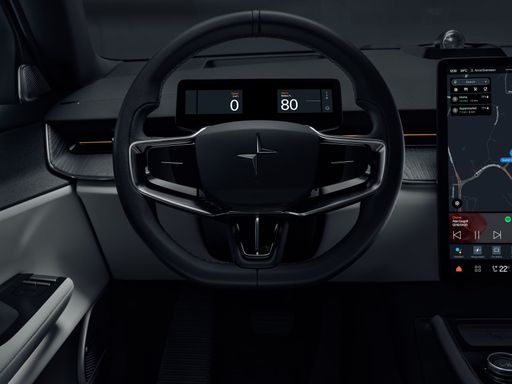 @ Polestar
@ Polestar
BMW i7
The new BMW i7 epitomises luxury and innovation, seamlessly blending advanced technology with elegant design. Its interior offers an unparalleled experience, with premium materials and cutting-edge features that create a tranquil yet engaging atmosphere for both driver and passengers. The i7's performance is both dynamic and efficient, demonstrating BMW's commitment to sustainable driving without compromising on the exhilarating drive the brand is known for.
details @ press.bmwgroup.com
@ press.bmwgroup.com
 @ press.bmwgroup.com
@ press.bmwgroup.com
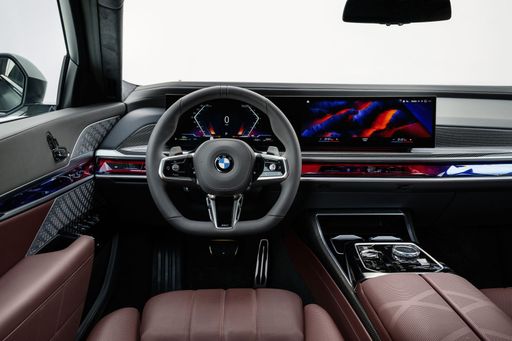 @ press.bmwgroup.com
@ press.bmwgroup.com
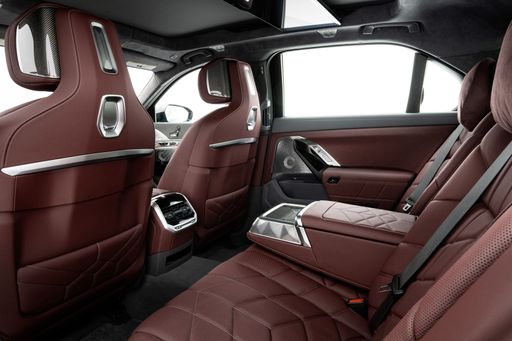 @ press.bmwgroup.com
@ press.bmwgroup.com

|

|
|
|
|
Costs and Consumption |
|
|---|---|
|
Price
67400 - 79000 £
|
Price
99200 - 157000 £
|
|
Consumption L/100km
-
|
Consumption L/100km
-
|
|
Consumption kWh/100km
18.9 - 22.1 kWh
|
Consumption kWh/100km
18.5 - 20.8 kWh
|
|
Electric Range
561 - 650 km
|
Electric Range
559 - 623 km
|
|
Battery Capacity
107 kWh
|
Battery Capacity
101.70 kWh
|
|
co2
0 g/km
|
co2
0 g/km
|
|
Fuel tank capacity
-
|
Fuel tank capacity
-
|
Dimensions and Body |
|
|---|---|
|
Body Type
SUV
|
Body Type
Sedan
|
|
Seats
5
|
Seats
5
|
|
Doors
5
|
Doors
4
|
|
Curb weight
2584 kg
|
Curb weight
2595 - 2770 kg
|
|
Trunk capacity
484 L
|
Trunk capacity
500 L
|
|
Length
4900 mm
|
Length
5391 mm
|
|
Width
1935 mm
|
Width
1950 mm
|
|
Height
1614 mm
|
Height
1544 mm
|
|
Payload
496 kg
|
Payload
480 - 535 kg
|
Engine and Performance |
|
|---|---|
|
Engine Type
Electric
|
Engine Type
Electric
|
|
Transmission
Automatic
|
Transmission
Automatic
|
|
Transmission Detail
Reduction Gearbox
|
Transmission Detail
Reduction Gearbox
|
|
Drive Type
All-Wheel Drive, Rear-Wheel Drive
|
Drive Type
Rear-Wheel Drive, All-Wheel Drive
|
|
Power HP
299 - 517 HP
|
Power HP
455 - 660 HP
|
|
Acceleration 0-100km/h
4.7 - 7.8 s
|
Acceleration 0-100km/h
3.7 - 5.5 s
|
|
Max Speed
180 - 210 km/h
|
Max Speed
205 - 250 km/h
|
|
Torque
490 - 910 Nm
|
Torque
650 - 1100 Nm
|
|
Number of Cylinders
-
|
Number of Cylinders
-
|
|
Power kW
220 - 380 kW
|
Power kW
335 - 485 kW
|
|
Engine capacity
-
|
Engine capacity
-
|
General |
|
|---|---|
|
Model Year
2024
|
Model Year
2022 - 2023
|
|
CO2 Efficiency Class
A
|
CO2 Efficiency Class
A
|
|
Brand
Polestar
|
Brand
BMW
|
Polestar 3
Der Polestar 3: Das Elektro-SUV der Zukunft
Der Polestar 3 stellt einen Meilenstein in der Welt der Elektro-SUVs dar. Mit einzigartigen technischen Innovationen und einer beeindruckenden Performance ist der Polestar 3 mehr als nur ein weiteres Fahrzeug: Er repräsentiert die Zukunft der Elektromobilität. In diesem Artikel werfen wir einen detaillierten Blick auf die technischen Aspekte und neuen Innovationen, die dieses Fahrzeug auszeichnen.
Design und Karosserie: Eine Symbiose aus Eleganz und Aerodynamik
Mit einer Länge von 4900 mm, einer Breite von 1935 mm und einer Höhe von 1614 mm bietet der Polestar 3 eine kraftvolle und dennoch elegante Silhouette. Seine aerodynamische Form trägt nicht nur zur beeindruckenden Straßenlage bei, sondern auch zur Effizienz des Fahrzeugs. Der großzügige Innenraum bietet Platz für fünf Personen und kombiniert Komfort mit modernem Design.
Leistung und Effizienz: Elektroantrieb auf höchstem Niveau
Der Polestar 3 ist mit einer leistungsstarken Batterie mit einer Kapazität von 107 kWh ausgestattet, die ihn in verschiedenen Varianten von 299 PS bis hin zu beeindruckenden 517 PS antreibt. Mit einer Beschleunigung von 0 auf 100 km/h in nur 4,7 Sekunden ist das Modell extrem dynamisch. Die zwei Antriebsarten – Allrad und Heckantrieb – bieten Flexibilität und Anpassungsfähigkeit je nach Vorliebe des Fahrers.
Die elektrische Reichweite des Polestar 3 liegt zwischen 561 km und 650 km, je nach gewählter Variante, und der Stromverbrauch beträgt dabei zwischen 18,9 und 22,1 kWh/100 km, was ihn zu einem der effizientesten Modelle auf dem Markt macht. Die CO2-Effizienzklasse A unterstreicht die ökologische Verantwortung des Fahrzeugs.
Innovationen und Technologie: Fortschritt in jedem Bereich
Eines der herausragenden Merkmale des Polestar 3 ist seine fortschrittliche Technik. Der Wagen ist mit einem hochmodernen Reduktionsgetriebe ausgestattet, das eine sanfte und effiziente Kraftübertragung gewährleistet. Das Performance Paket bietet zusätzliche Features, die das Fahrerlebnis optimieren, und eine maximale Geschwindigkeit zwischen 180 km/h und 210 km/h ermöglicht.
Weitere Innovationen umfassen ein modernes Infotainmentsystem, das durch intuitive Bedienbarkeit und nahtlose Konnektivität überzeugt. Zudem kommt das Fahrzeug mit fortschrittlichen Sicherheitsfunktionalitäten, die für maximale Sicherheit und Komfort sorgen.
Preisklasse und Wirtschaftlichkeit: Qualität trifft auf Wert
Der Polestar 3 liegt im Preisbereich von 78.590 bis 92.190 Euro. Die Kosten pro Kilometer bewegen sich zwischen 74,5 und 80,3 Cent, was, in Verbindung mit den geringen Betriebskosten eines Elektrofahrzeugs, einen langfristigen wirtschaftlichen Vorteil bietet.
Zusammengefasst ist der Polestar 3 ein herausragendes Beispiel für die Verschmelzung von Leistungsfähigkeit, Effizienz und technologischem Fortschritt. Er stellt eine attraktive Option für all jene dar, die ein Top-Elektrofahrzeug suchen, das keine Kompromisse bei Stil, Innovation und Umweltbewusstsein eingeht.
BMW i7
The Pinnacle of Electric Luxury: BMW i7
Introducing the BMW i7, the latest in electric innovation from one of the world's premier automobile manufacturers. Blending cutting-edge technology with luxurious comfort, the i7 represents a significant leap forward in the electric vehicle (EV) market. This article delves into the technical specifications and innovative features that set the BMW i7 apart from its competitors.
Powerful Electric Performance
Under the sleek exterior of the BMW i7 lies a powerhouse of electric capabilities. Depending on the model configuration, the i7 offers between 455 and 660 PS, with a torque of up to 1100 Nm. This ensures an exhilarating driving experience, whether you choose the rear-wheel drive or all-wheel drive configuration. The acceleration is equally impressive, with the i7 capable of going from 0 to 100 km/h in just 3.7 to 5.5 seconds.
Efficient Energy Consumption
The efficiency of the BMW i7 is noteworthy, with an energy consumption ranging from 18.5 to 20.8 kWh/100 km. This efficiency, combined with a substantial battery capacity of 101.7 kWh, gives the i7 an electric range of between 559 and 623 kilometres. BMW’s commitment to sustainability is further underscored by its zero CO2 emissions, reinforcing its status as a premium yet environmentally conscious choice.
Sophisticated Interior and Technology
Inside, the BMW i7 is the epitome of luxury. With seating for five, the interior exudes elegance and comfort. Advanced technology is at your fingertips with features such as the latest iDrive system, providing seamless connectivity and enhanced control over vehicle functions. The i7 ensures you travel in style with its sophisticated Design Pure Excellence, M Sport package, and M Sport package Pro interior trims.
Dimensions and Capacity
The i7’s ample dimensions – with a length of 5391 mm, width of 1950 mm, and height of 1544 mm – are matched by its generous luggage capacity of 500 litres, ensuring practicality alongside luxury. The car's robust build is complemented by a payload capacity of between 480 to 535 kg, ensuring the i7 is as functional as it is stylish.
Cost and Efficiency
With prices ranging from €115,700 to €181,800, the i7 is positioned as a high-end vehicle offering value through its advanced features and performance. The monthly operating costs range between €2,143 and €3,027, while the cost per kilometre is approximately 85.7 to 121.1 cents. Despite its upscale market positioning, the i7 offers competitive efficiency with its remarkable CO2 emission-free driving and energy-saving technologies.
Conclusion
The BMW i7 stands as a testament to the brand’s innovation and dedication to sustainable luxury. By marrying performance, efficiency, and cutting-edge technology, BMW has ensured that the i7 not only meets but exceeds the expectations of discerning EV enthusiasts. The i7 is not merely a car; it is a statement of intent in the future of sustainable luxury. Experience the future today with the BMW i7.
The prices and data displayed are estimates based on German list prices and may vary by country. This information is not legally binding.
